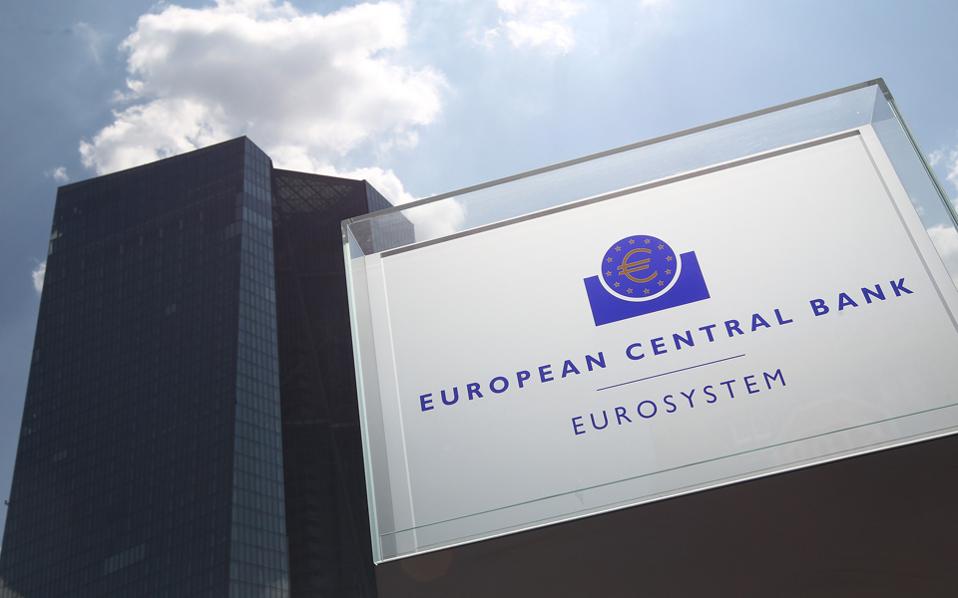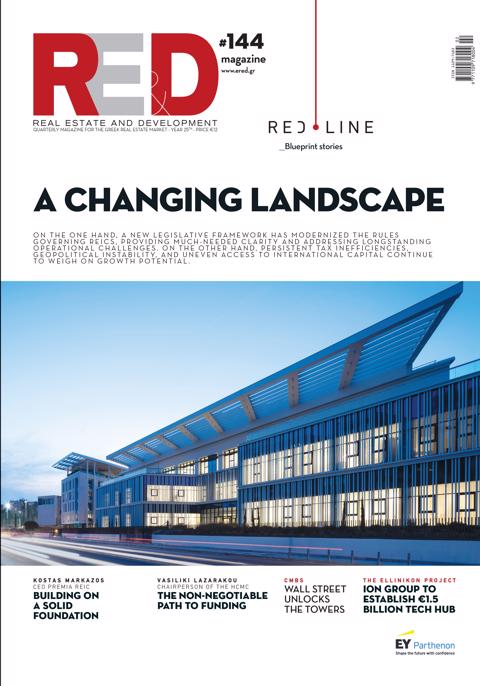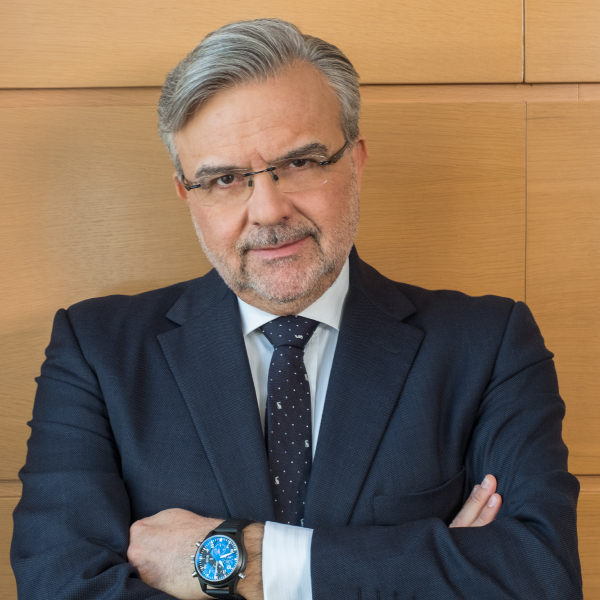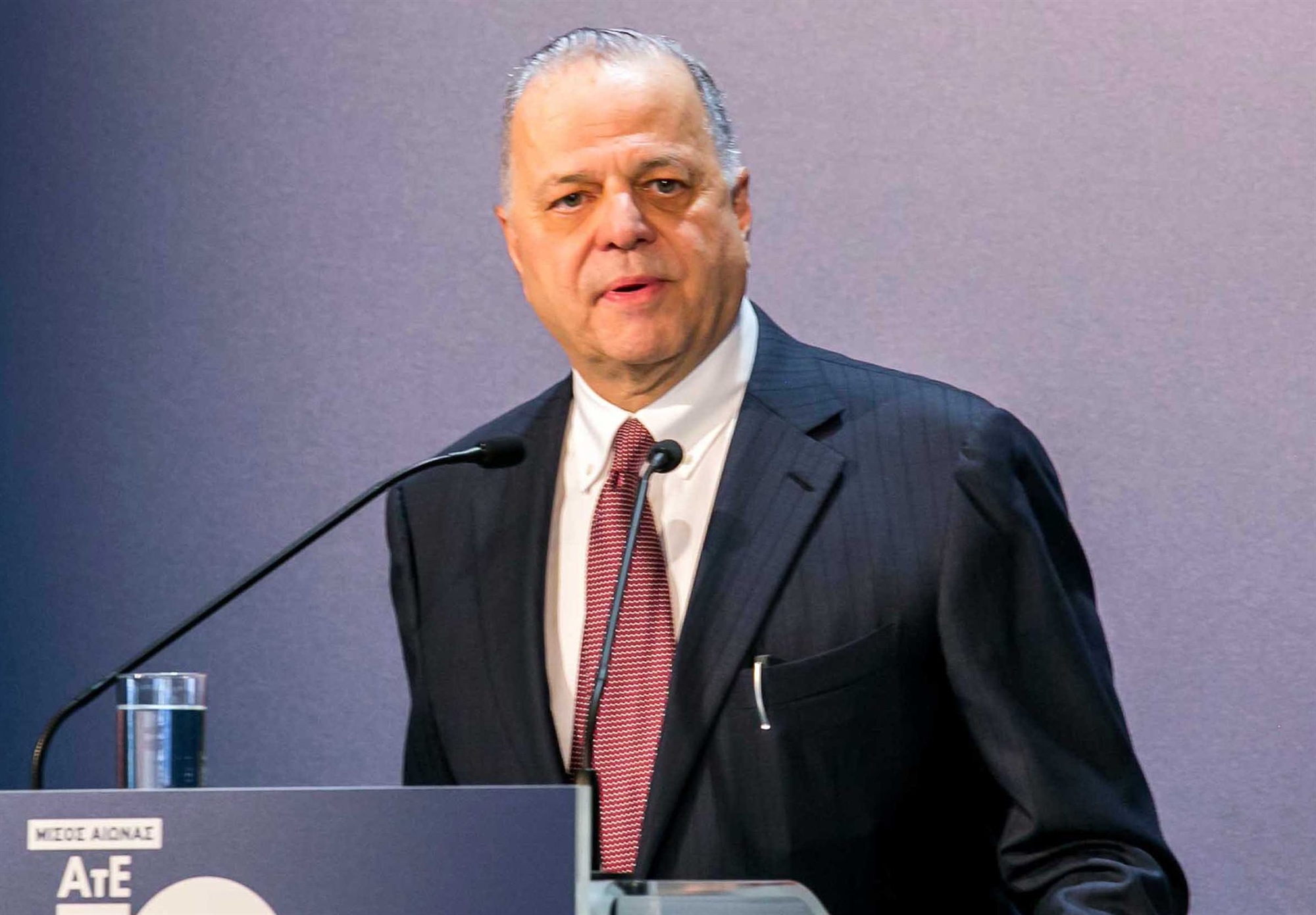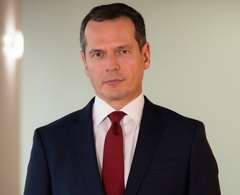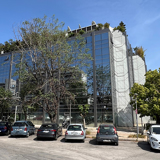Starting with the European Central Bank (ECB), the deposit rate will remain at 2% for the third time since June, following a total reduction of 200 basis points (2 percentage points) over the past 12 months. All signs indicate that the ECB’s cycle of rate cuts has concluded “until further notice,” pending any significant changes in inflation or growth prospects for the Eurozone, which currently appear unlikely.
ECB and international economic forecasts suggest inflation will continue running around 2% through the end of 2025 and into 2026, while economic growth is expected to remain above 1%, with the risk of a recession effectively negligible.
Although forecasts can always be overturned by real-world developments, the ECB’s 26-member Governing Council has grown increasingly confident following the EU-US trade agreement, which has significantly reduced uncertainty regarding the impact of U.S. tariffs. Consequently, the risk of a major slowdown in the Eurozone economy or a drop in inflation far below 2%—which might have necessitated further rate cuts—is now considered very low.
Top ECB officials have conveyed this outlook in recent weeks. ECB President Christine Lagarde highlighted that the Eurozone has weathered U.S. tariffs better than expected, limiting inflationary risks. Vice President Luis de Guindos emphasized last Wednesday that the current interest rate level is appropriate, reiterating the ECB’s stance that “interest rate decisions are not predetermined and will be made at each meeting.” Similarly, Bundesbank President Joachim Nagel stated last week that he sees no reason to change rates given stable economic conditions.
Economists and money markets largely agree with the ECB. Nearly three-quarters of the 88 economists surveyed by Reuters expect the deposit rate to remain at 2% through the end of 2025, with more than half forecasting no change through the end of 2026. Money markets, meanwhile, see only a slight possibility of a 25-basis-point cut by the end of 2026.
In contrast, the U.S. Federal Reserve (Fed) appears willing to continue cutting rates, restarting the cycle in September after a nine-month pause. The Fed had kept rates unchanged since December last year, when Donald Trump’s administration prioritized tariff increases. Tariffs, acting as a tax on imports, put upward pressure on inflation, prompting the Fed to maintain a wait-and-see approach until the economic effects became clearer.
Tariffs have indeed influenced U.S. inflation, which reached 3% year-on-year in September, up from 2.3% in April when Trump announced “reciprocal” tariffs against almost all trading partners. However, the impact was smaller than many analysts and international organizations had predicted. The IMF and OECD have cautioned that the full inflationary effect of tariffs has yet to materialize, as importing companies initially absorbed part of the cost at the expense of their profit margins.
At the same time, tariffs have slowed U.S. economic activity and eased labor market conditions. Hiring has dropped to its lowest level since the early COVID-19 period, and the unemployment rate has risen above 4%. These factors motivated Fed Chair Jerome Powell to restart rate cuts last month and are expected to underpin another reduction in the upcoming policy meeting.
